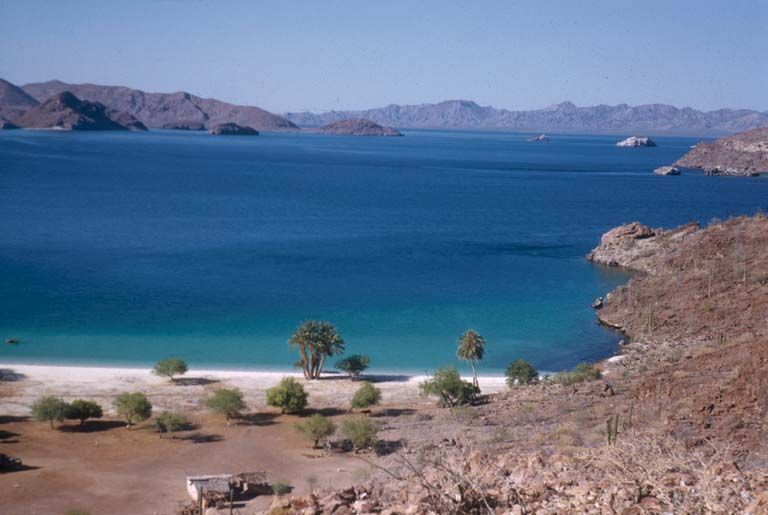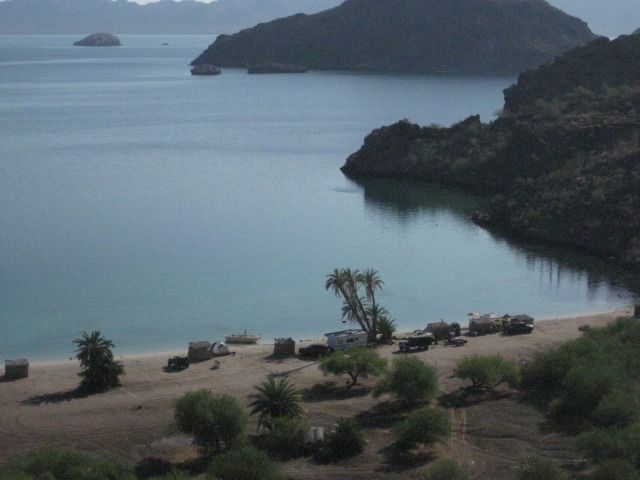Quote: Originally posted by gnukid  |
The planes you see flying overhead spitting out white lines that fade into a haze, throughout remote baja, are spraying aerosol metals particulate
aluminum, barium etc. that harm the land and sea and reduce our ability to produce food and of course alter the weather and harm our bodies. It is
highly damaging to the ecosystem and to ourselves.
If people were serious they would be actively working to inform the group about the damage caused by the military weaponization of weather using
chemicals that harm people globally. |
Where is your link pointing to the facts you state with regard to the contrails from commercial aircraft flying over Baja (or anywhere else)?
"Jets leave white trails, or contrails, in their wakes for the same reason you can sometimes see your breath. The hot, humid exhaust from jet engines
mixes with the atmosphere, which at high altitude is of much lower vapor pressure and temperature than the exhaust gas. The water vapor contained in
the jet exhaust condenses and may freeze, and this mixing process forms a cloud very similar to the one your hot breath makes on a cold day.
Jet engine exhaust contains carbon dioxide, oxides of sulfur and nitrogen, unburned fuel, soot and metal particles, as well as water vapor. The soot
provides condensation sites for the water vapor. Any particles present in the air provide additional sites.
Depending on a plane¿s altitude, and the temperature and humidity of the atmosphere, contrails may vary in their thickness, extent and duration. The
nature and persistence of jet contrails can be used to predict the weather. A thin, short-lived contrail indicates low-humidity air at high altitude,
a sign of fair weather, whereas a thick, long-lasting contrail reflects humid air at high altitudes and can be an early indicator of a storm.
The mixing gases contained in the contrail rotate with respect to the ambient air. These regions of rotating flow are called vortices. (Any sharp
surface, such as the tip of a wing, can cause vortical flow in its wake if it is sufficiently large or the flow is sufficiently fast.) On occasion,
these trailing vortices may interact with one another."
www.scientificamerican.com › More Science › Ask the Experts
|








 it's so laughable, you should be paid scale for stand-up.
it's so laughable, you should be paid scale for stand-up. 
 [/img]
[/img]











